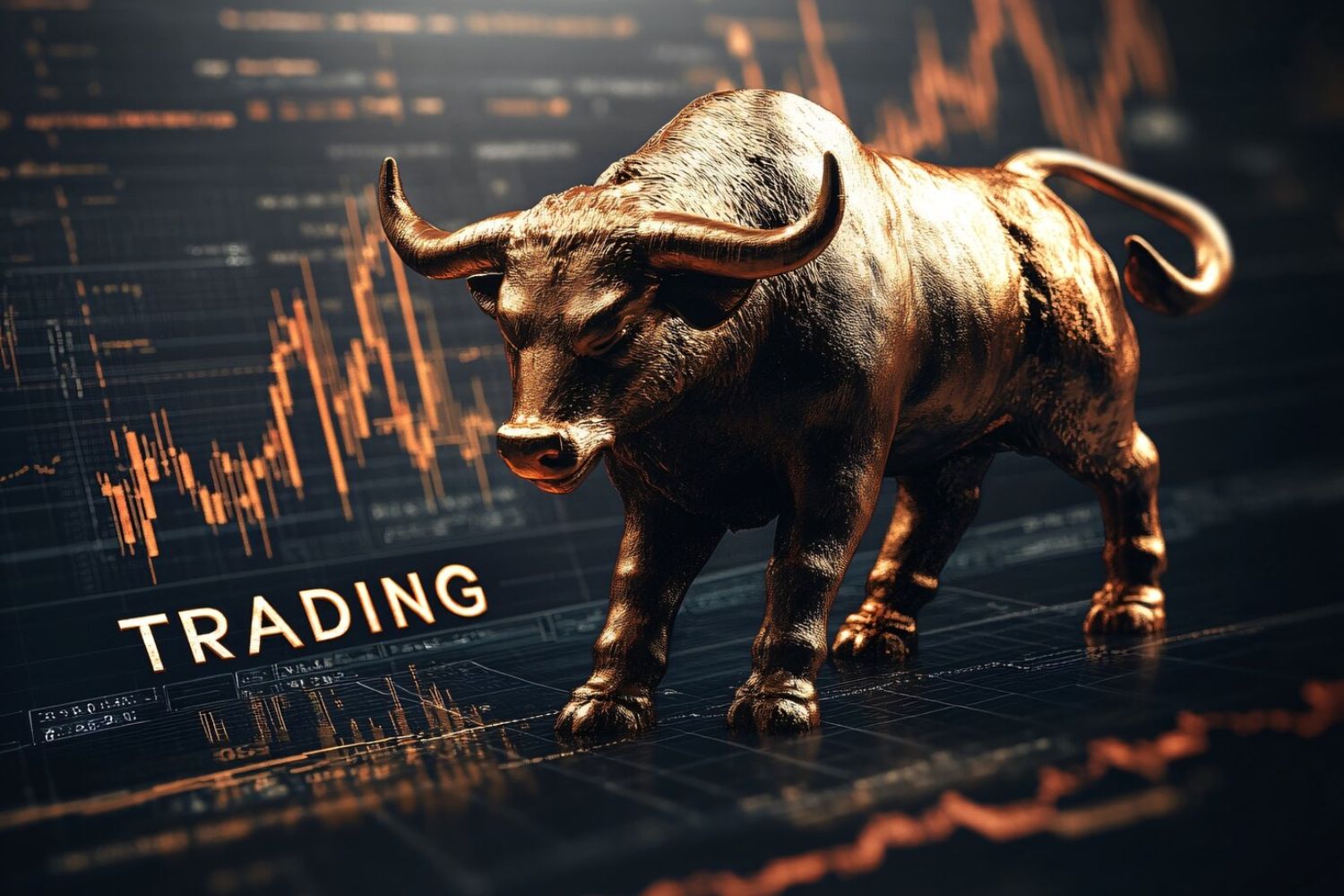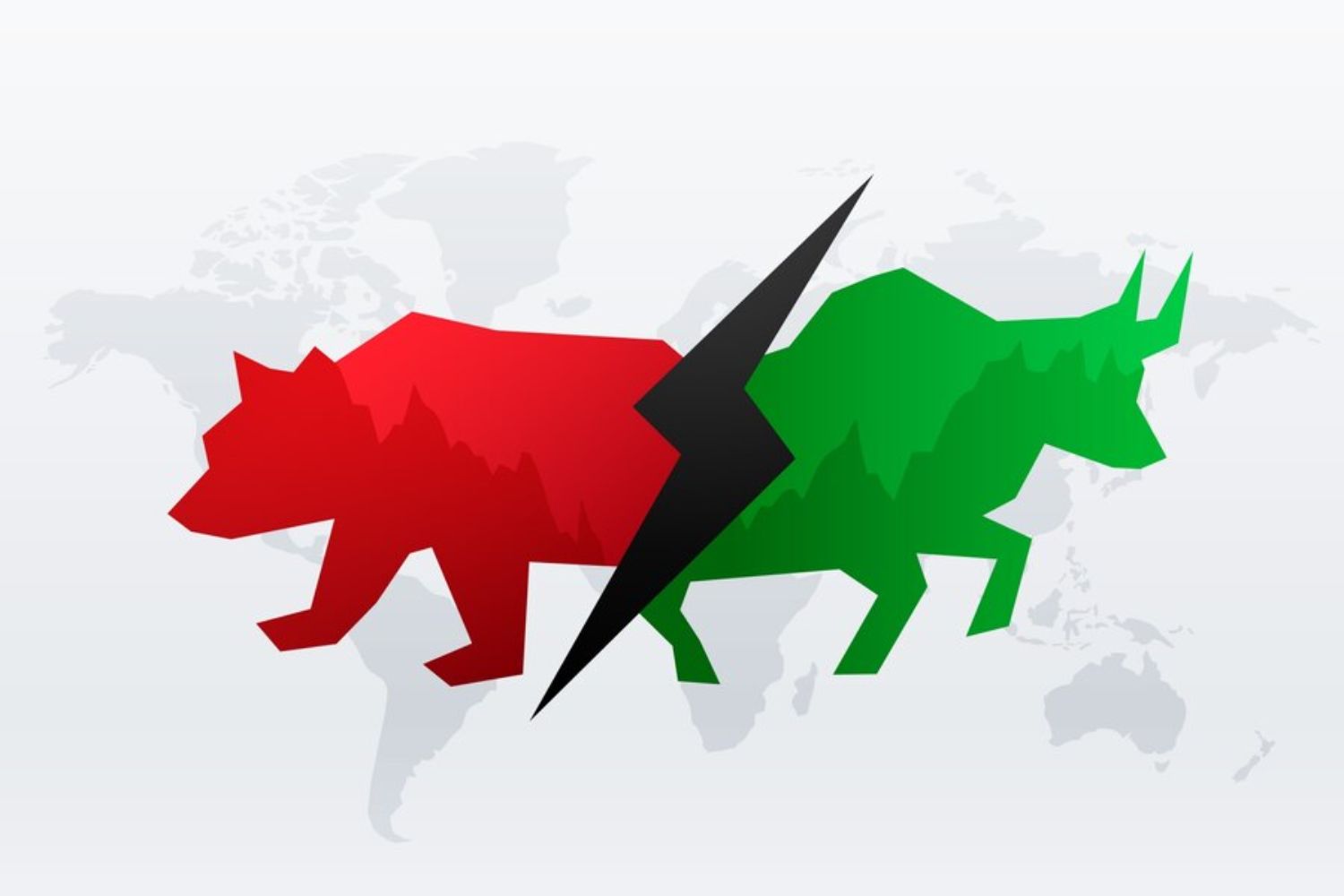Decades on end have established gold and silver into safe-haven assets to protect uncertain economic times, inflationary pressure, and market slump. Precious metals are often laden with the relevancy of hedging against economic instability at the time of a stock market crash; they maintain or appreciate their value, making them a good hedge against financial turmoil.
Understanding Market Crashes and the Need for Hedging
A stock market crash involves a rapid decline of stock prices within a short time frame. The crash could be often aggravated by economic recession, geopolitical tensions, financial crises, or pure panic selling. During these tumultuous periods, traditional investment alternatives such as stocks and bonds could suffer extensive losses, erasing years of gains.
To offset these risks, investors hedge by accumulating assets that either move inversely to or independently of market movements. Gold and silver have always been effective hedging assets throughout history by virtue of their unique characteristics.
Why Gold and Silver Are the Best Hedges
1. Historical Performance During Crashes
Historically, gold and silver have performed well or increased in value when the markets declined.
- 2008 Financial Crisis: In that year, gold appreciated by a sum of 25% when stock markets failed.
- Market crash due to COVID-19 (2020): Gold prices rose from $1,500 to above $2,000 per ounce, setting fresh records. Silver also skyrocketed.
- Great Depression (1929-1939): The value of gold remained firm as the U.S. was on a gold standard, while stocks beat almost 90% down.
When fear and uncertainty dominate the markets, investors rush to safe-haven assets as the price of gold and silver increases.
2. Hedge Against Inflation & Currency Devaluation
A major consequence of market crashes is monetary easing by central banks, leading to inflation and currency depreciation.
- Gold and silver are real assets that cannot be printed like fiat money, maintaining their purchasing power.
- During periods of high inflation, both metals tend to outperform stocks and bonds.
- Silver, being an industrial metal, also benefits from increased demand during economic recoveries.
3. Liquidity and Global Acceptance
Unlike real estate or other tangible assets, gold and silver are highly liquid and can be sold worldwide.
- Gold is universally recognized and can be exchanged in any country.
- Silver offers a more affordable option with similar benefits.
- Both metals retain value across economic and geopolitical crises.
During the Russia-Ukraine crisis in 2022, gold’s demand surged as investors sought safety from market volatility.
4. Limited Supply & Intrinsic Value
Unlike paper money, which central banks can print infinitely, gold and silver have limited supply due to mining constraints.
- Annual gold production is around 3,000 tons, while silver output is 25,000 tons, both insufficient to meet global demand.
- This scarcity ensures long-term price stability and appreciation.
- Central banks and governments accumulate gold reserves, reinforcing its role as a safe asset.
5. Low Correlation with Stocks
Gold and silver move independently of stock markets, making them effective portfolio diversifiers.
- When stocks decline, gold prices often rise as investors flee risky assets.
- Silver, although more volatile, still outperforms stocks during prolonged recessions.
For example, in the Dot-com crash (2000-2002), while the Nasdaq fell 78%, gold prices steadily increased.
How to Invest in Gold and Silver for Protection
1. Physical Gold & Silver
- Best for: Long-term investors seeking tangible wealth protection.
- Options: Gold coins, bullion bars, and silver rounds.
- Storage: Vaults, bank lockers, or home safes.
2. Gold & Silver ETFs (Exchange-Traded Funds)
- Best for: Investors who want easy liquidity without physical storage.
- Examples: SPDR Gold Trust (GLD), iShares Silver Trust (SLV).
- Risk: Counterparty risks exist, as you don’t own the actual metal.
3. Gold & Silver Mining Stocks
- Best for: High-risk investors seeking leverage on metal price movements.
- Examples: Barrick Gold (GOLD), Newmont Corporation (NEM), First Majestic Silver (AG).
- Risk: Stock performance depends on company management and mining costs.
4. Digital Gold & Silver
- Best for: Modern investors preferring online transactions.
- Platforms: Paytm Gold, MMTC-PAMP.
- Advantage: No storage hassles, easy liquidity.
5. Silver as an Industrial Play
Silver is unique because it has both monetary and industrial uses, making it a strong hedge and a growth asset.
- Used in solar panels, electronics, medical devices, ensuring future demand.
- More volatile than gold but offers higher upside potential.
Final Thoughts
Gold and silver have proven themselves as the ultimate hedges against stock market crashes. They provide:
- Protection against inflation and currency devaluation.
- Portfolio diversification and crisis hedging.
- Liquidity and long-term wealth preservation.
- Limited supply and intrinsic value.
While stocks and bonds may decline during financial crises, gold and silver have always maintained their wealth for centuries. Having a strategic allocation to gold and silver is a wise investment hedge against future market crashes.
FAQs
1. Is gold better than silver as a hedge?
Gold is traditionally a more stable hedge due to central bank backing, but silver offers higher potential returns due to industrial demand. Holding both metals is the best strategy.
2. How much gold and silver should I have in my portfolio?
A general rule is 5-15% of your portfolio in precious metals to hedge against market risks. More allocation may be considered during economic uncertainty.
3. Will gold and silver always go up during a crash?
Not always immediately, but over time, they tend to appreciate as monetary policies weaken fiat currencies. There can be short-term volatility.
4. Is silver riskier than gold?
Yes, silver is more volatile due to industrial demand fluctuations, but it also provides higher returns in bull markets.
5. Should I buy gold or silver for short-term trading?
Gold is better for stability, while silver offers higher price swings, making it suitable for traders. However, precious metals are best held for long-term protection.










